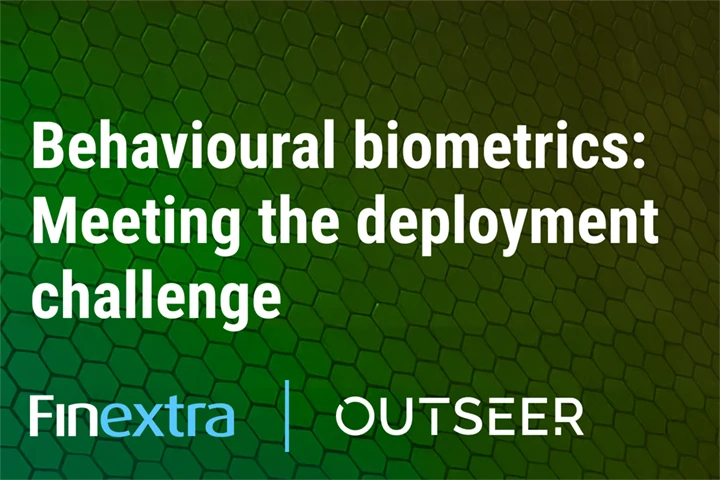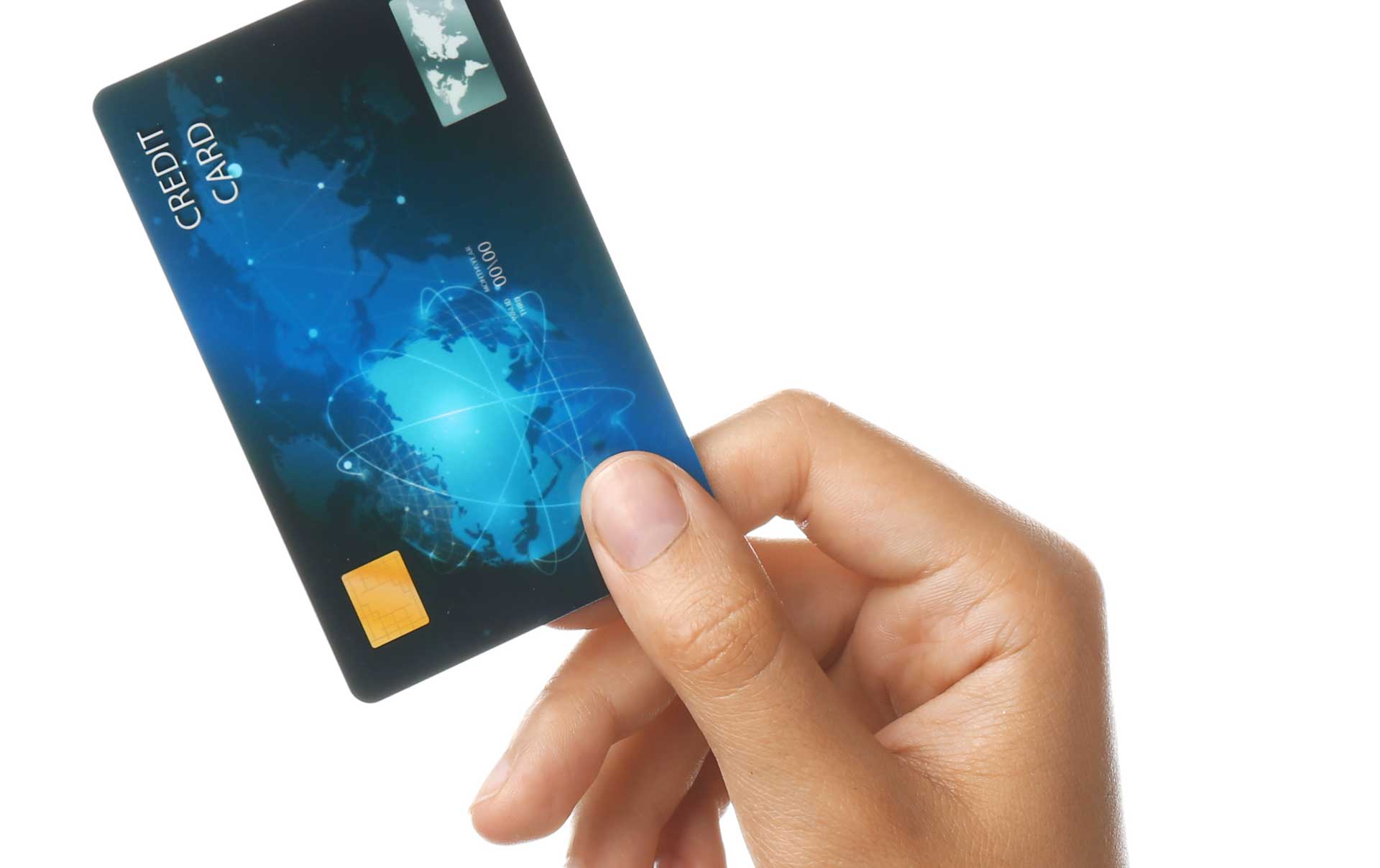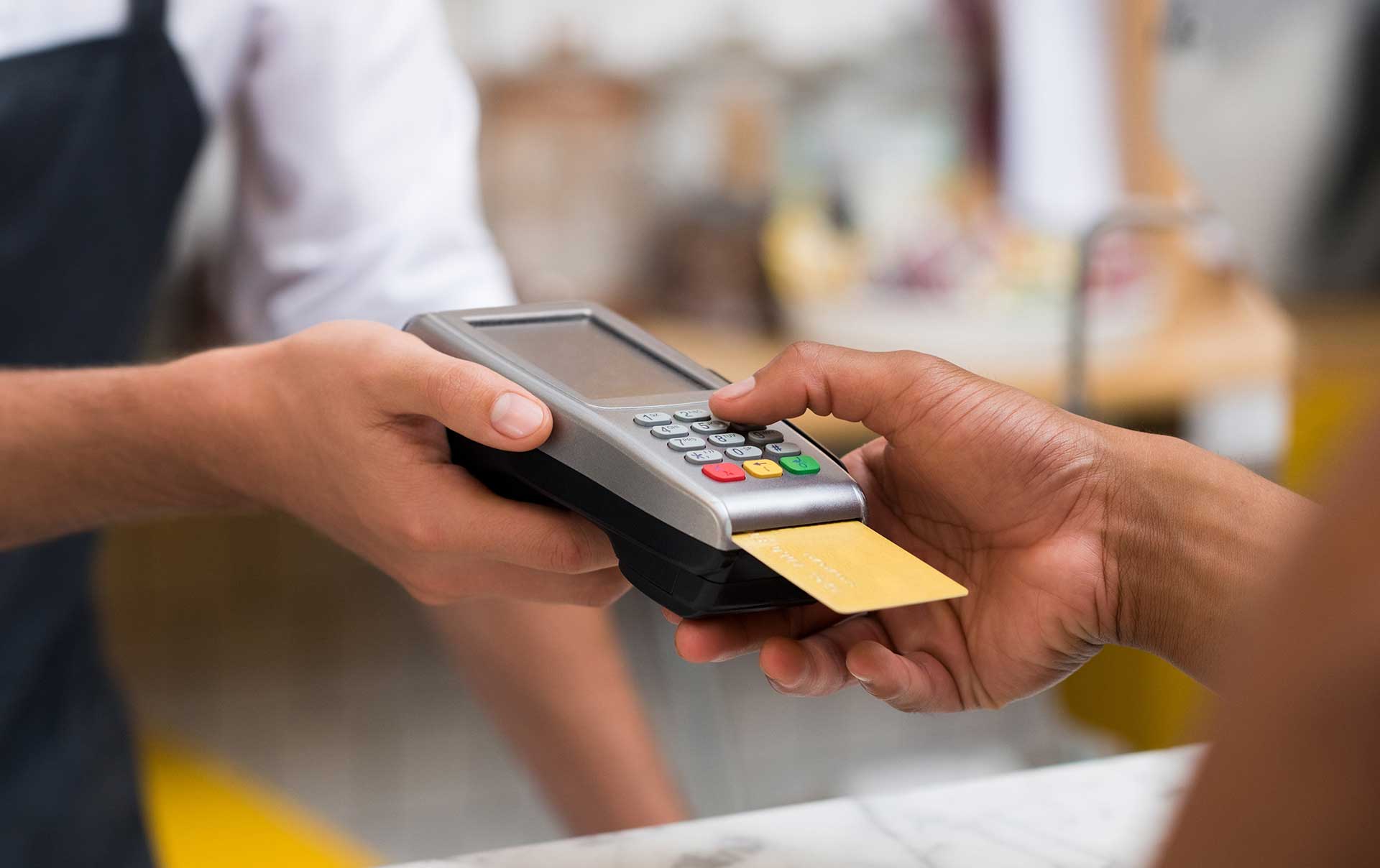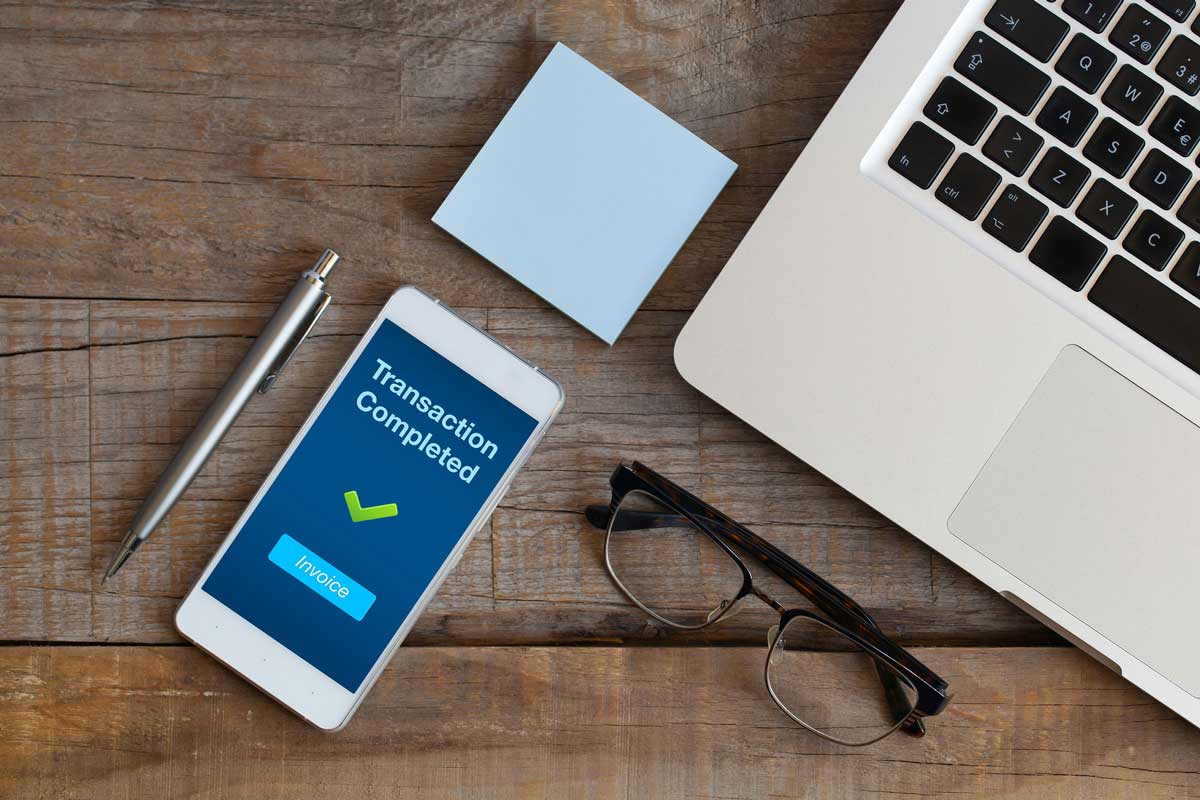5 Post-Pandemic Payments Trends
If you think the last 18 months have been wild, just wait until you see where post-pandemic payments trends are headed next. Without a doubt, the seismic shift to digital channels precipitated by the global outbreak of COVID-19 transformed virtually every facet of our lives. That includes the way we conduct business, entertain ourselves, connect with one another, and shop.
Whether it’s through the web, mobile, ATMs, IVR, open APIs, or a growing constellation of other options, even consumers who were once intimidated by supermarket self-service checkout lanes now routinely buy food, clothes, rideshare trips, and even real estate using whatever device and channel they have at hand. Last year, global ecommerce spending on everything from Puppy Chow to Peloton exercise bikes topped $4.2 trillion—an increase of $1 trillion in just 12 months.
But something else changed along the way. Sure, consumers and businesses may have flocked to digital channels because that was the only game in town. But the ease and convenience they discovered there have sent customer expectations for all transactions into the stratosphere. As Main Street reopens in fits and starts, innovation is at the top of the agenda for card issuers, banks, and payments processors facing new competition. Here’s a look at five key trends gaining traction in a post-pandemic world.
#1 Risk-based Authentication Meets Identity
Whether combined with biometrics or other technologies, risk-based authentication is now key to point-of-truth fraud prevention. Solutions that build upon the features available in the 3D Secure v2.2 protocol and other technologies, for instance, analyze hundreds of risk indicators to silently authenticate customers before a transaction even happens.
I’m obviously biased, but this is kind of a big deal. Because of its use of two-factor authentication (including biometrics and token-based models instead of static passwords), 3DS2 has become the cornerstone of secure customer authentication (SCA) rules mandated in the EU’s second Payment Services Directive (PSD2). As regulatory fervor spreads worldwide, merchants and issuers will increasingly need SCA-enabled transactions to sustain growth. And it’s only a matter of time before state or even federal regulations requiring such standards are enacted in the U.S.
It’s also just smart business. According to VISA Research, up to 72% of online shoppers have abandoned a shopping cart over security concerns. Fickle consumers are more than happy to jump to competitors who can deliver fast, secure transactions. 3DS2 has been shown to reduce checkout times by 85% and cart abandonment by 70%. Best of all, North American issuers, merchants, and others can leverage fully-hosted solutions that deliver world-class protection without additional overhead.
Outseer 3-D Secure, for example, combines the 3DS2 with identity science and data from 20 billion annual transactions spanning every industry and geography worldwide. In real-world deployments, these solutions prevent 95% of all fraud loss while interrupting only 5% of all transactions. In addition to increased revenue, fewer false positives and less intervention make for better transaction experiences and happier customers.
As I look at so many new business and transaction models taking shape in a post-pandemic world, I’m of the firm belief that superior transaction experiences shouldn’t come with painful compromises—or any compromise at all.
#2 Payments Options Increasingly Drive Buying Decisions
More than 57% of consumers now choose businesses based in part on the payment methods they offer—bringing new urgency to fast, flexible, and secure transactions. Thanks to all those online and mobile purchases under lockdown, credit card usage rose from 54% to 65%, and the use of e-wallets grew from 39% to 52%.
While many of these transactions involved traditional home delivery, they also blurred the line between click- and brick-based commerce. For example, retailers offering buy-online-pickup-in-store prior to the pandemic report BOPIS sales rose 70% by volume, and 58% by value, within months of the first COVID-related lockdowns. Since then, nearly half have launched or expanded such offerings, while 45% have done the same for curbside pickup.
Throw in scan-and-go, pay-at-the-gate, and pay-at-the-table transaction options, and it’s easy to see why nearly 60% of consumers now say they’d choose a business with these and other contactless payment options over a competitor that lacks them.
This is also all just the beginning. In a post-pandemic world, watch for the Internet of Things, mobile wallets, 5G wireless, and other technologies to increasingly drive checkout-free transactions that occur automatically, behind the scenes—no action from the customer required. According to reports, companies such as Verizon and Mastercard are actively developing the kind of “invisible payments” solutions that won’t just redefine the point of sale—they’ll eliminate it.
#3 Embedded Finance Fuels New Revenue Growth
Consumers and businesses have long looked to traditional banks or card issuers as their primary and most trusted providers of money-related services. But today, a new generation of fintech platforms and API providers makes it possible for any company to embed bank-grade financial products and services within their own digital platforms.
Companies from Starbucks to Uber offer embedded payments and other financial instruments within their mobile apps. Venmo and PayPal are being morphed into a single “super app” designed to offer a wide array of financial services, from basic bank accounts, to investing, to peer-to-peer (P2P) payment options, and more. Square is looking to do the same for its SMB customers—and likely others, given its blockbuster $29 billion acquisition of BNPL giant Afterpay.
It’s easy to understand the frissons. In recent years, merchants have hit pay dirt with installment-based, buy-now-pay-later (BNPL) payments options made available via their sites and apps. According to Adobe, the number of people choosing BNPL for online purchases rose 215% from early 2020 to early 2021. And today, PayPal, Apple, and others are betting big that BNPL will turbocharge brick-and-mortar purchases as well. Given the stakes, you can see why VISA and other credit card companies are rapidly piloting BNPL services of their own.
According to The Financial Brand, the embedded finance industry could generate $230 billion by 2025 in the U.S., and as much as $7.2 trillion globally by 2030. Look for everybody from phone companies and corner cafes to begin offering everything from spot loans to prepaid debit cards—and for more traditional financial services companies to roll out differentiated offerings of their own.
#4 Transaction Fraud Spreading Like Wildfire
Fraudsters always follow the money. As these and other new payment models scale, organizations must be prepared for the corresponding rise in fraud risk that will accompany them.
Losses from card-not-present (CNP) fraud is estimated to have topped $6.4 billion in 2020, according to Aite Group—and could increase another 16.4% this year. Meanwhile, account takeover (ATO) attacks on sites and apps now lead to more than $16 billion in loss in the U.S. alone, rising 300% in 2020. And fraudsters are exploiting windows of opportunity in newer payment options like BOPIS, which suffers a 7% fraud attempt rate compared to 4.6% with other delivery models.
Oh, and embedded finance? The potential for loss there could prove just as staggering. With instant loans such as BNPL, customers receive goods before paying a dime—an irresistible lure for consumers and fraudsters alike.
Put together, this exacerbates what is already a perilous balancing act. On the one hand, you have a dark web awash with compromised credit card numbers, account login credentials, and more that can cost your organization millions. On the other, you have customers who have grown quite comfortable with digital transactions, but absolutely intolerant of even smallest amount of friction, let alone-step up challenges. As it stands now, as much as 88% of online purchases are abandoned—making smooth, seamless transactions a priority.
#5 Momentum Builds for Biometrics
To counter the rising threat from transaction fraud, look for a growing number of organizations to deploy new biometric payment and identification systems. Banks, brokerages, and credit card companies, for instance, leverage voice authentication to verify identity and reduce service time. And fingerprint, retinal, facial, or voice biometrics are core components of those SCA requirements in open banking regulations such as PSD2.
In a post-pandemic world, biometrics will take on new forms, as well. Amazon has already begun piloting a biometric POS system at Seattle-area Whole Foods stores that enables customers to make purchases by swiping their hand across a reader. And facial recognition technology is being used to help verify the ages and identities of consumers purchasing age-restricted goods such alcohol and cannabis from vending machines.
But while biometrics are becoming a crucial element of transaction security, they are not 100% fraud proof on their own. What can be scanned can be stolen, after all. Once a cybercriminal has a picture of someone’s finger, face, eye or anything else, they can easily gain access to accounts or credit. And while it remains to be seen what kind of damage can be wrought using deepfake voices, fingerprints, or faces, we do know even Apple’s vaunted biometrics measures haven’t always been fully hack proof. But as part of layered authentication that fights both fraud and friction, these technologies will have a major impact on payments trends in the months and years ahead.
To learn more about emerging payments trends in a post-pandemic world, download the latest Outseer Fraud & Payments Report, featuring digital transaction insights from the Outseer Global Data Network, here >>












